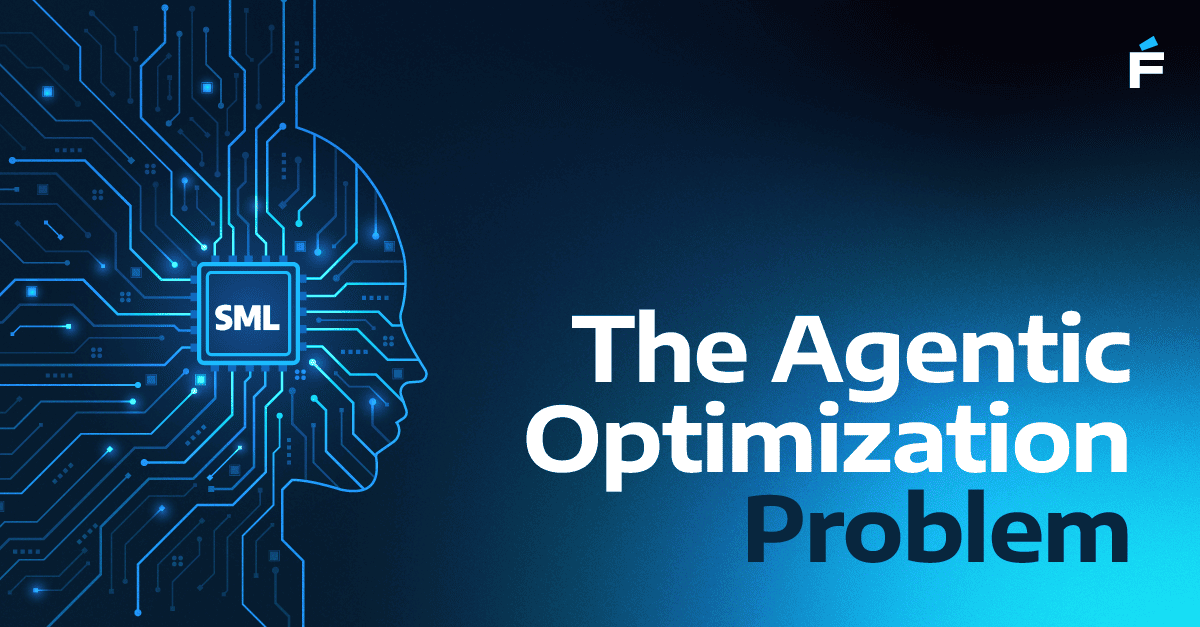As we step into 2025, mid-market companies face a critical juncture: modernize data architectures or risk being left behind. The explosion of data volumes, coupled with the transformative potential of generative AI, has created unprecedented pressure on legacy systems. For organizations aiming to remain competitive, the mandate is clear—address technical debt related to data now.
The Data Growth Tidal Wave
Data generation is accelerating at a breakneck pace. According to IDC, the global datasphere is projected to grow from 64.2 zettabytes in 2020 to an astonishing 181 zettabytes by 2025. This surge is fueled by factors such as:
- IoT proliferation: Connected devices are creating data streams in real time, from smart home systems to industrial sensors. For example, manufacturers leveraging IoT sensors can monitor equipment performance, enabling predictive maintenance and reducing downtime.
- Digital transformation: Businesses are moving workflows online, generating massive data volumes from e-commerce platforms, customer interactions, and internal processes.
- Cloud adoption: Cloud platforms enable scalable data collection and storage, allowing even smaller organizations to operate with enterprise-level capabilities.

Managing this explosion requires not just technical expertise but also strategic foresight. Companies must determine how to store, access, and analyze data effectively to remain competitive.pe
Generative AI: The Transformation Catalyst
Generative AI, once the domain of tech pioneers, is now reshaping industries across the board. Gartner predicts that by 2025, generative AI will generate 10% of all data, up from less than 1% in 2022. Its applications include:
- Personalized marketing: Delivering tailored experiences at scale. For instance, AI can analyze customer behavior in real-time, allowing businesses to customize offers and content dynamically.
- Automated workflows: Reducing manual interventions in data processing. Tools like RPA (Robotic Process Automation) integrate generative AI to streamline operations, such as automating invoice processing or HR onboarding.
- Predictive analytics: Offering insights that drive proactive decision-making. AI models can predict market trends or customer churn, enabling businesses to act before challenges arise.
However, these AI-driven innovations hinge on modern, scalable data architectures. Legacy systems, with their limitations in speed and flexibility, often act as roadblocks to adoption. For instance, a retail company looking to implement AI-driven inventory management might struggle if its systems can’t process real-time sales data efficiently.
The Hidden Costs of Technical Debt
The consequences of technical debt in data management are far-reaching. Outdated ETL (Extract, Transform, Load) processes, siloed data systems, and inadequate storage solutions create inefficiencies that ripple through an organization. Research from McKinsey emphasizes the stark contrast between those who modernize and those who don’t:
- Companies with modern data systems are 23x more likely to acquire new customers.
- They are 19x more likely to retain existing customers.
Beyond these numbers, technical debt impacts employee productivity, customer satisfaction, and the ability to innovate. For example, a financial services firm relying on fragmented legacy systems might find it challenging to consolidate customer data for a unified view, hindering its ability to offer personalized services.
Six Actionable Steps for Modernization
For mid-market companies to thrive in 2025, a clear roadmap is essential. Here are six actionable steps:
- Audit Your Data Infrastructure. Begin with a comprehensive review of your current setup. Identify bottlenecks and inefficiencies while assessing scalability, latency, and integration readiness. For example, analyze how long it takes to retrieve data for decision-making and where delays occur.
- Invest in Cloud-Native Solutions. Cloud platforms are a necessity, not a luxury. Cloud-native architectures offer the flexibility to handle growing data volumes and AI workloads. For instance, migrating to a platform like AWS or Azure can reduce costs while enhancing scalability and performance.
- Adopt Data Mesh Principles. Traditional data warehouses can’t meet today’s demands. Embrace data mesh architectures that empower teams to manage and utilize their data independently. A retail chain could decentralize its data management, allowing each store to analyze sales trends locally while contributing to a centralized strategy.
- Focus on Interoperability. Ensure seamless data exchange by adopting open standards and APIs. This approach future-proofs your systems and facilitates easy integration. For instance, an API-driven architecture enables smooth integration with third-party analytics tools or customer relationship management (CRM) platforms.
- Leverage Automation. Modernize how you manage data pipelines with automated tools that handle ingestion, transformation, and quality control. Automation minimizes errors and optimizes workflows. For example, automated data quality checks can prevent errors from propagating through analytics systems.
- Choose a Trusted Partner. The complexity of data modernization requires expertise, and that’s where Forte Group excels. Our data engineering services are designed to help mid-market companies transition seamlessly to modern architectures. From cloud migration to implementing data mesh principles, we provide tailored solutions that align with your business goals. Partnering with Forte Group means leveraging industry-leading expertise to overcome technical debt, optimize workflows, and unlock the full potential of your data.
The Payoff: Competitive Advantage in a Data-Driven Economy
Modernizing your data architecture is a springboard for growth. Companies that prioritize modernization will unlock faster, data-driven insights, enable innovative AI applications, and deliver superior customer experiences.
Conversely, those clinging to outdated systems risk falling behind as competitors capitalize on their inefficiencies. 2025 is a pivotal year for mid-market companies. With data volumes soaring and generative AI adoption accelerating, the choice is clear: Modernize now or risk irrelevance.
The only question that remains is: How soon will you start?





